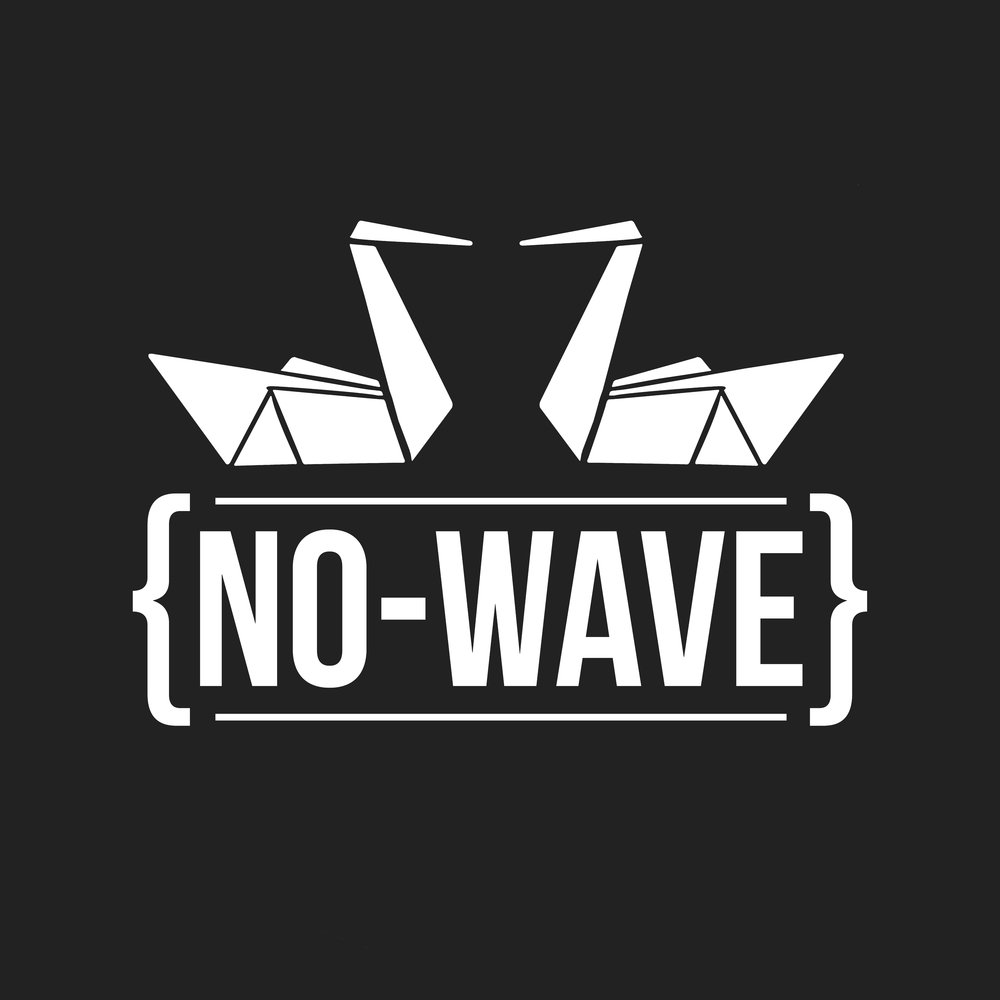Inscape Routes, the new album from Best Available Technology, is a nostalgic and unpredictable collection of ambient dub. The whole album feels oddly lyrical, provoking easier comparison to the quixotic likes of Micachu, or Archy Marshall’s A New Place 2 Drown, than any artists working more firmly within the genre. The fundamentals are obviously there—beefy subs and scratchy, delay-laden percussion. But they’re just the foundation for something altogether stranger. Most of what Inscape Routes has to offer is half-song, half…something else. The album’s plaintive instrumentals speak as forcefully as any lyricist you might think of—but they are also as delicate, tremulous, and spare as the skeletons of dead leaves.
Inscape Routes recycles some well-worn sounds of the 1990s, and some of its synth splashes will leave listeners soaked through with nostalgia. But this album re-contextualises those sounds, deliberately strips them of their vigour and leaves them stilted and struggling. The result is something bittersweet. It’s the last embers of an optimistic fire, one that was lit some decades ago, finally fading into the inky air. Inflatable armchairs rotting on a tumulus of the Packington Landfill. And yeah: it’s become quite trendy to write rave culture eulogies recently—2017 Bicep weepie ‘Glue’ is testament to that. But as you might have guessed, Inscape Routes commits harder to the abstract—and to having ideas of its own—than most deconstructionist club stuff.
About halfway through, Inscape Routes even deconstructs itself. Mid-album track ‘Arc Stoked’ is demolished, to segue into quasi-concrète sketch ‘Observation Hill’. The transition is as wonderful as it is surprising—and is just one of many breathlessly inventive displays of musicianship on the album.
Unconcerned with evoking a specific time or place, Inscape Routes is instead the sound of transience. Like a bullet, it moves through, punctures, and distorts the tissue of its subject. Inscape Routes scrunches some of the last few decades’ musical styles into piles of tangled tape on the floor, and invites you to have a little dance on them. It’s a thoughtful, generous and really fun album.
Inscape Routes is available for purchase and streaming here.
Words: Andrew O’Keefe





